The past perfect continuous is a verb tense expressing an action that is:
-
Past—the action is set in the past and has been completed.
-
Perfect—the action is connected to a previous action or a previous time.
-
Continuous—the action was in progress for a certain duration in the past.
The past perfect continuous tense is used for actions that began in the past and continued up to a point in the past.
A proper implied or explicit context is necessary when using this verb tense.
-
Indicate the duration of a past action before a moment or event in the past.
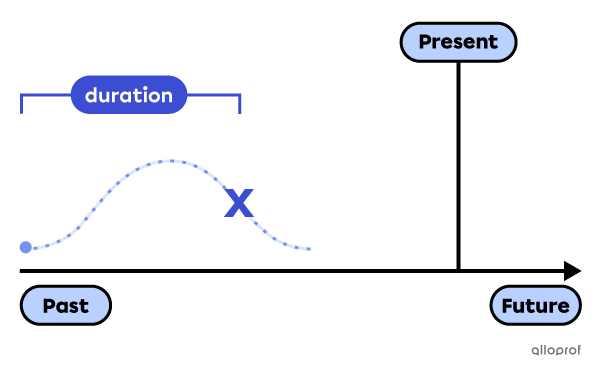
-
Make a connection between past events, to explain the effect/result one action had on another (cause & effect).
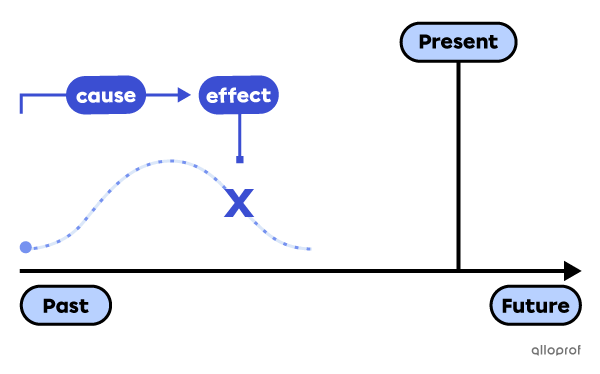
-
The duration of a past action

At the moment Raphael dropped by, the duration of the work had reached one week
-
The effect an action had a particular moment in the past
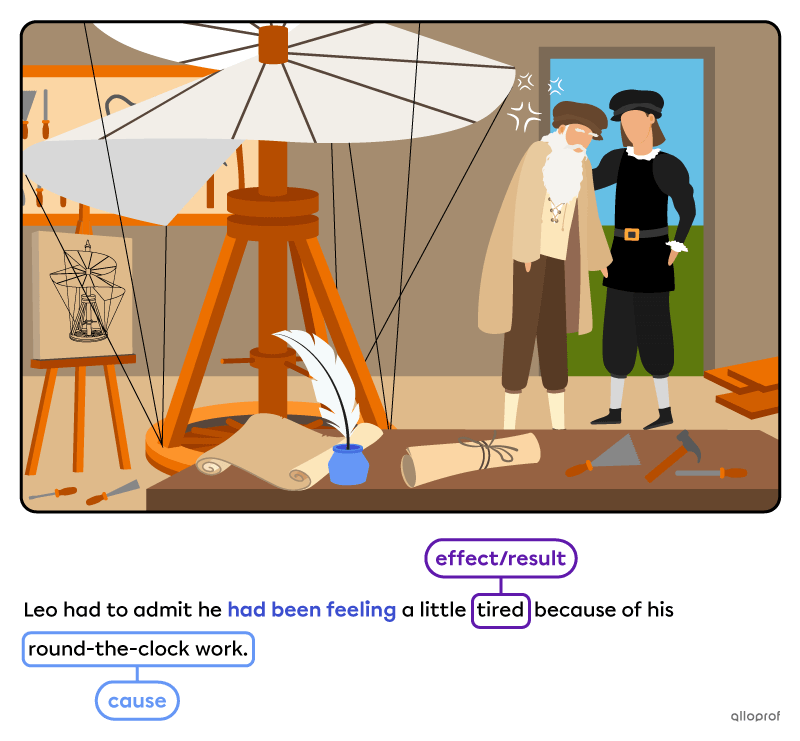
Leo had been feeling tired because he has worked too much lately.
Certain sentence elements can change the emphasis of a past perfect continuous sentence.
These keywords are commonly used:
|
for |
since |
when |
|
before |
because |
how long |
Here are 3 tips on how to change the emphasis:
-
Duration Emphasis
To emphasize the duration in a past perfect continuous sentence, use:
-
the words for or since with a time expression
-
the question word how long
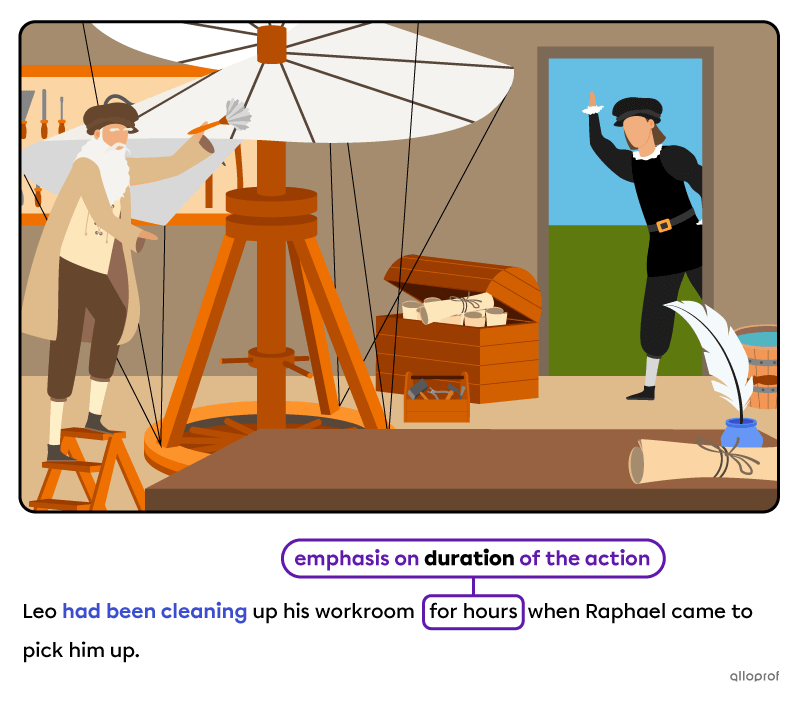
The mention of for hours points to the duration of the action.
-
Order of Events Emphasis
To emphasize the order of events in a past perfect continuous sentence, use:
-
the words before or since
-
at least 2 events
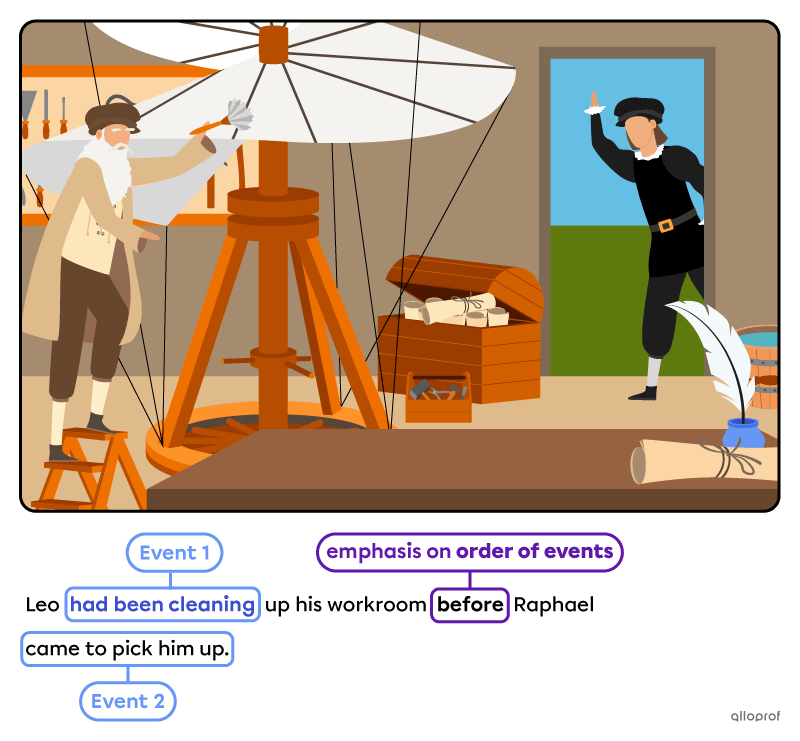
The mention of before points to the order in which the actions occurred.
-
Cause and Effect Emphasis
To emphasize the cause and effect/result in a past perfect continuous sentence, use:
-
the words when or because
-
no time expressions
The effect or result is often implied in the context: it is not necessarily mentioned.

-
the workroom is cleaner than before
-
Leo is covered in dust and cobwebs
Stative verbs refer to states of being, emotions, opinions, preferences or senses. They are not action verbs.
Stative verbs aren’t typically used in continuous tenses since they show the state of the subject.
|
Don’t X |
Do ✔ |
|
Leo had been knowing how to tell stories. X |
Leo knew how to tell stories. ✔ |
|
Leo had been wanting to make a man fly. X |
Leo had wanted to make a man fly. ✔ |
Points to remember when forming affirmative sentences in the past perfect continuous:
-
Place the auxiliary verbs had after the subject.
-
Place the auxiliary verb been before the main verb.
-
Use the continuous form of the verb (verb + ing).

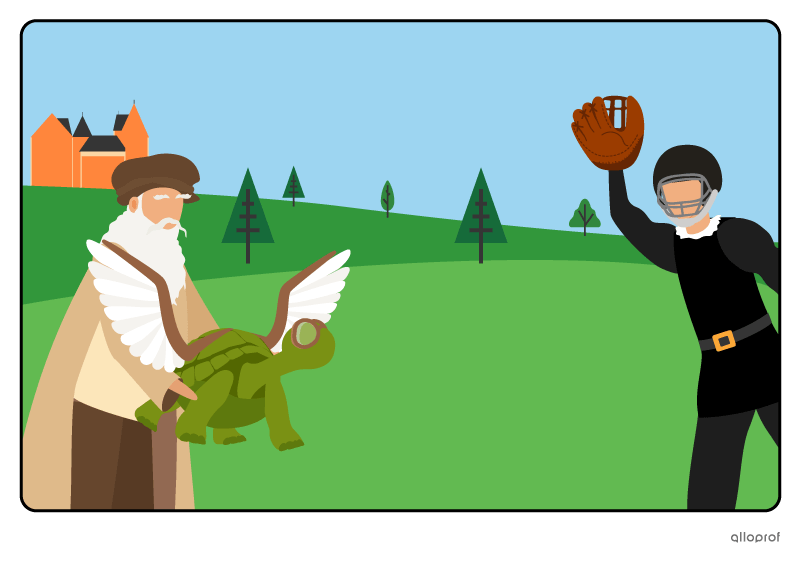
Raphael had been encouraging Leo in his pursuit of knowledge.
Points to remember when forming negative sentences in the past perfect continuous:
-
Place the auxiliary verbs had after the subject.
-
Place the function word not between the auxiliaries.
-
Place the auxiliary verb been before the main verb.
-
Use the continuous form of the verb (verb + ing).

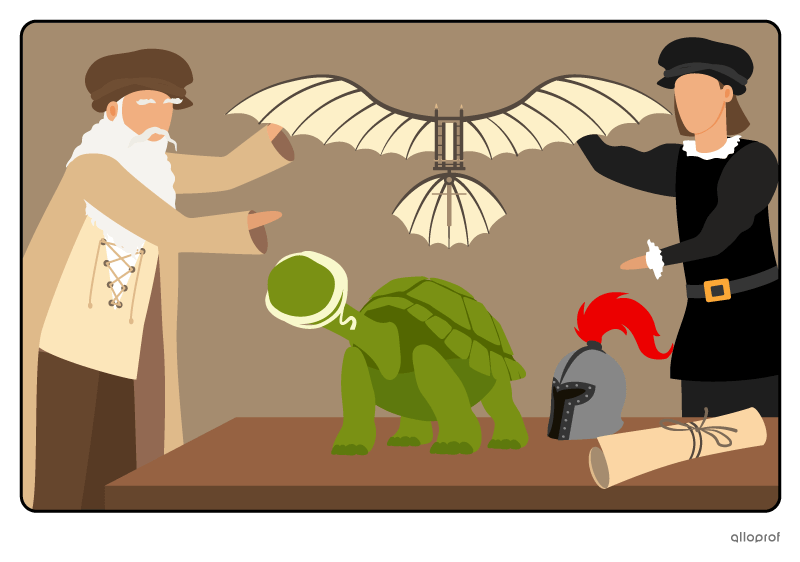
The research had not been progressing as well as they thought.
Contracted form*:
The research hadn’t been progressing as well as they thought.
*The contracted negative form is accepted in some formal contexts.
Points to remember when forming questions in the past perfect continuous:
-
Start with the auxiliary had for yes/no questions.
-
Place the auxiliary been after the subject.
-
Use the continuous form of the verb (verb + ing).
For information questions only:
-
Start with a question word.
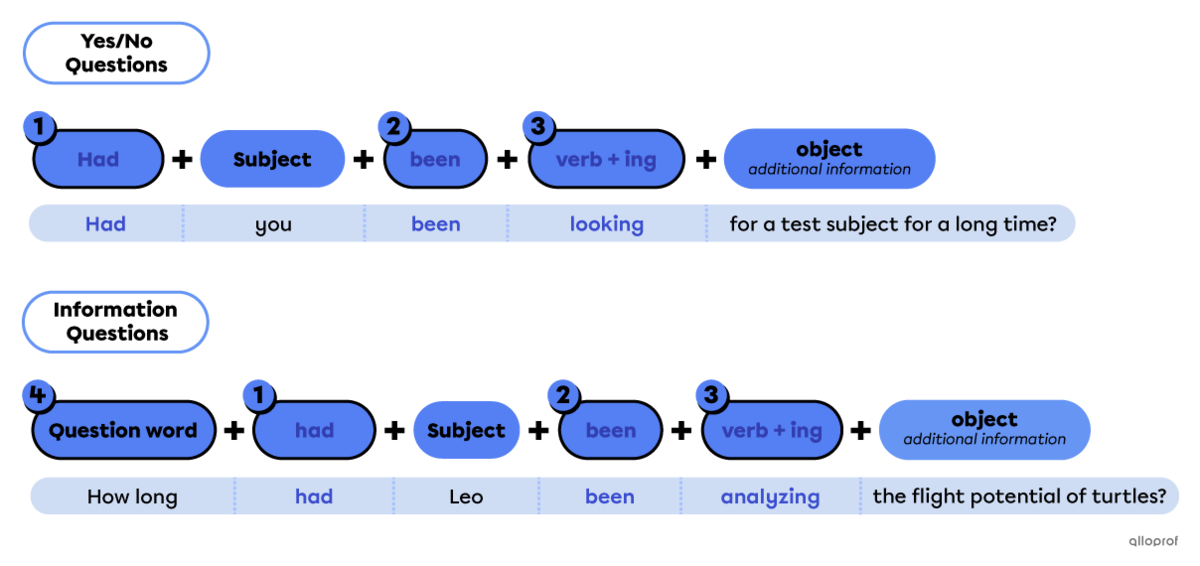
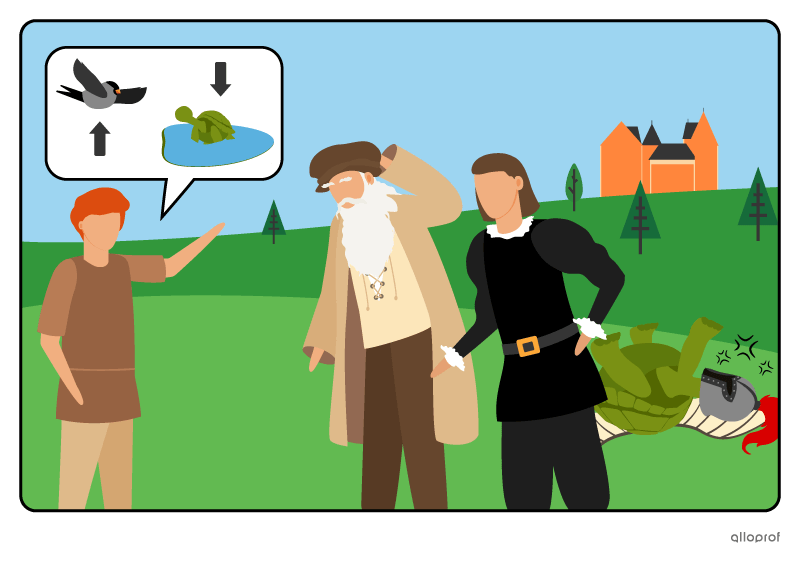
Why had they been using turtles in the first place?
Contracted form*:
Why’d they been using turtles in the first place?
*The contracted question form is used only in informal contexts.
There are differences between the simple past, the past continuous, the past perfect and the past perfect continuous.
Using the past perfect continuous requires the right context. It isn’t used as frequently as the other past tenses.
|
Simple Past |
Past Continuous |
Past Perfect |
Past Perfect Continuous |
|
|
|
|
Here are some examples to show possible uses and differences between each past tense.
Leo painted the wall last night.
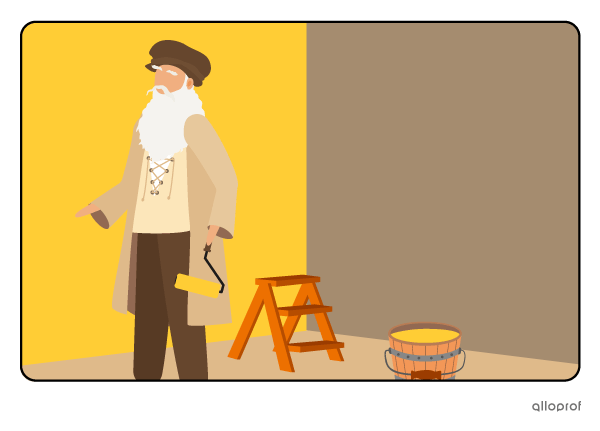
A single completed action
-
The wall is covered in paint.
Leo was painting the wall when the pizza arrived.
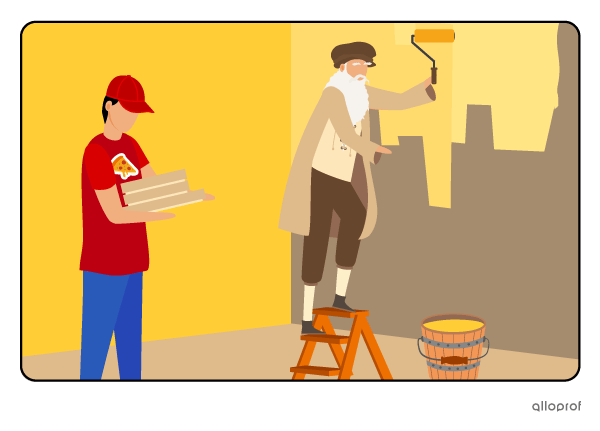
Past interrupted action
-
The pizza arrived, interrupting the painting Leo was doing.
Past action in progress at a specific time
-
The painting was still in progress at the moment the pizza arrived.
Leo had painted the walls before he built a bookcase

Past action before another past action
-
Action 1: Leo painted the walls.
-
Action 2: Leo built a bookcase.
Because Leo had been working hard all week, his studio was almost ready to use.

Duration of a past action before or up to a moment in time
-
Up to that moment, the working action had been going on for one week.
Effect or result of a past action on another past action or event
-
The studio is almost ready because of the hard work.
Leo, the character used in the examples, was inspired by the Italian artist and engineer Leonardo da Vinci. To learn more about his extraordinary achievements, visit the Leonardo Interactive Museum website.